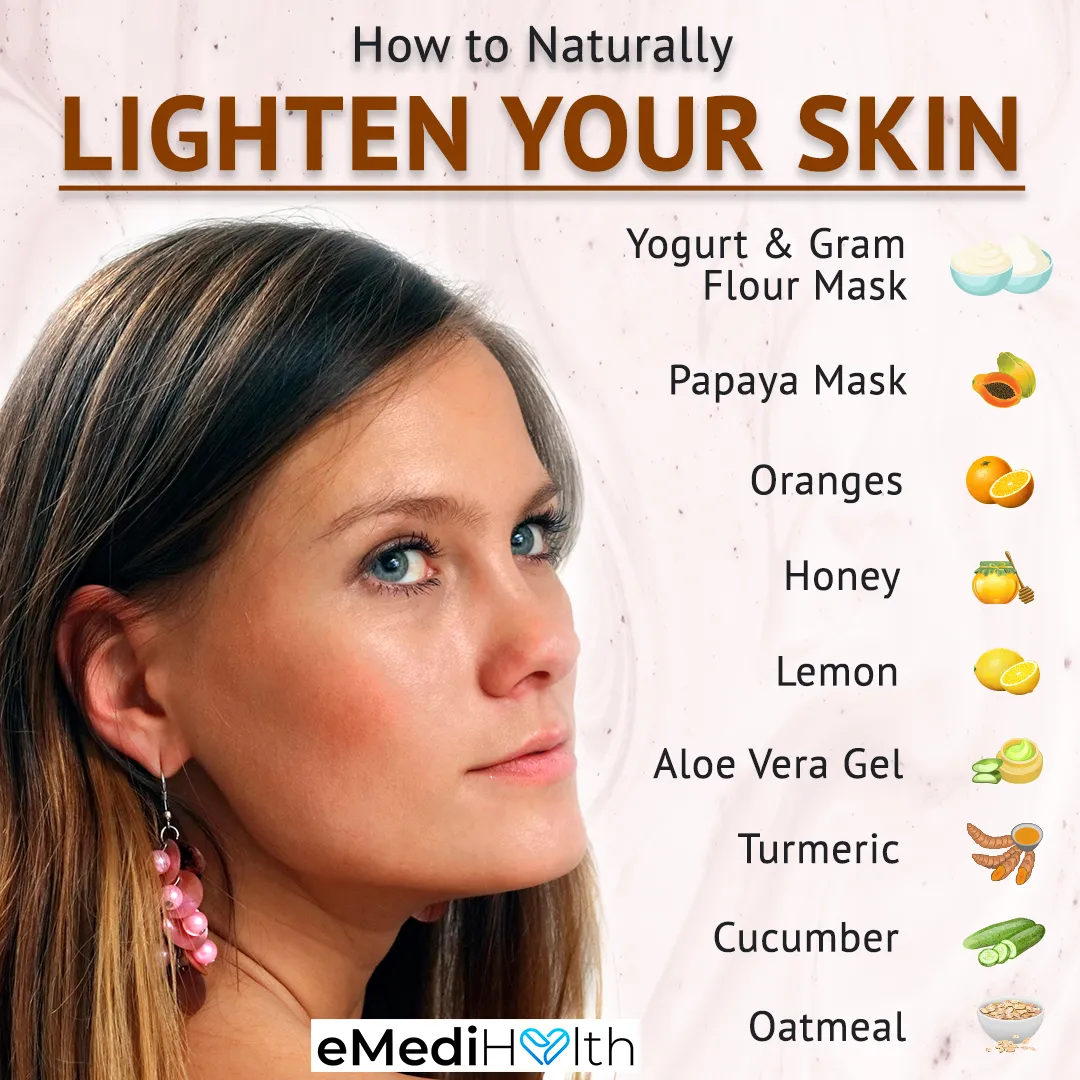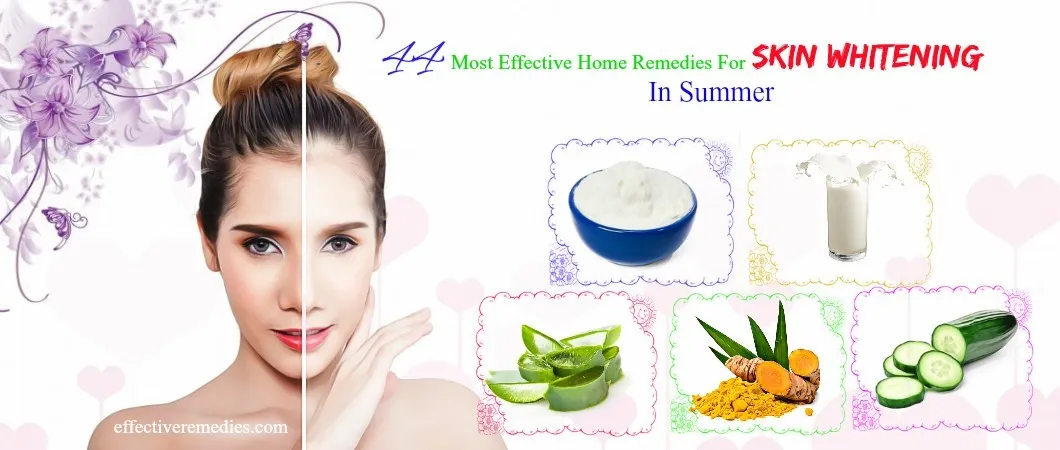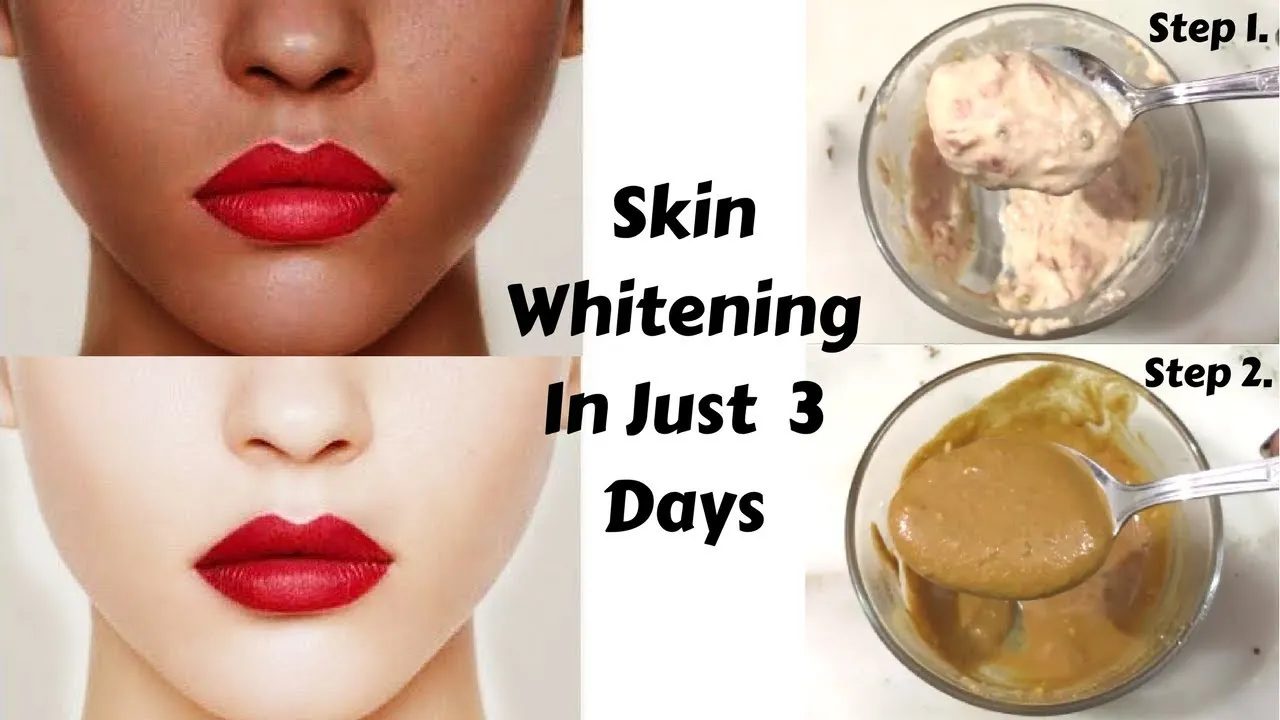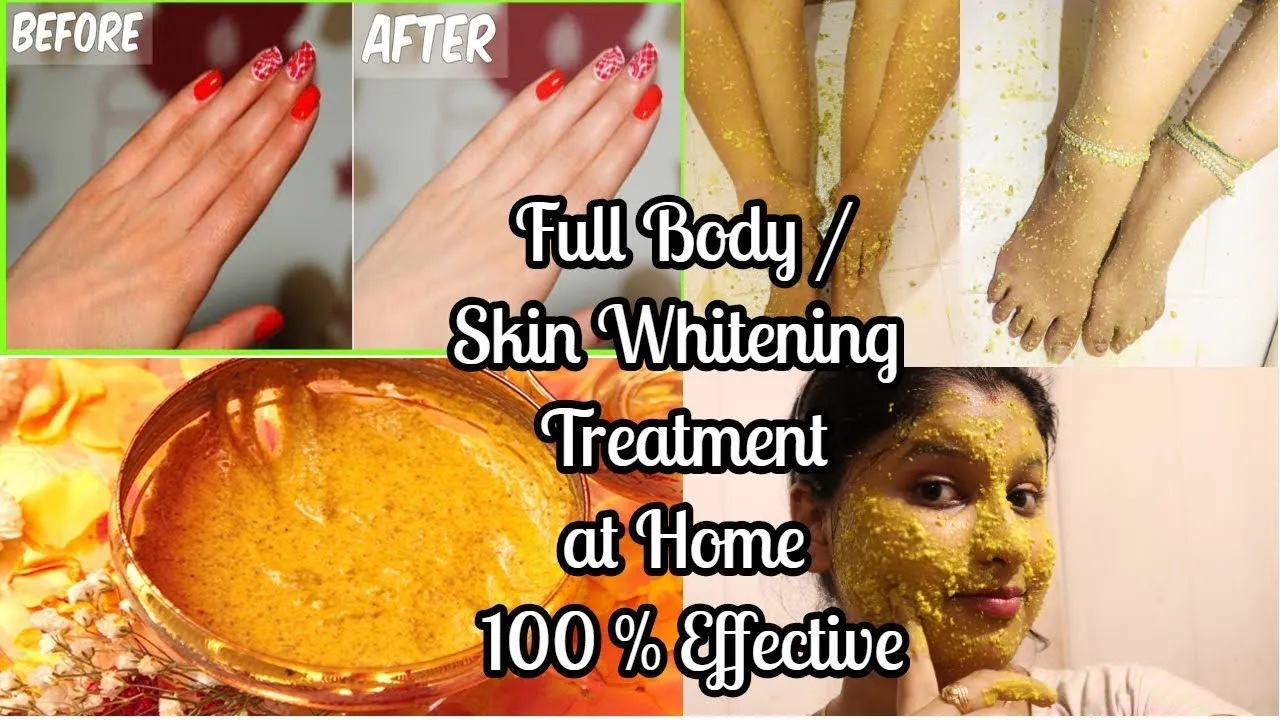What is Skin Whitening
Skin whitening, also known as skin lightening, is a cosmetic process aimed at reducing melanin, the pigment responsible for skin color. This process can result in a lighter skin tone and is sought after for various reasons, including aesthetic preferences or addressing specific skin concerns. Understanding the process and its implications is crucial before considering any treatment. The goal is to achieve a brighter, more even complexion by reducing dark spots, blemishes, and overall pigmentation. Various methods exist, from natural remedies to professional treatments, each with its own set of benefits, risks, and considerations. It’s important to remember that skin whitening is a complex matter and results can vary from person to person.
Causes of Skin Discoloration
Before exploring skin whitening home treatments, understanding the underlying causes of skin discoloration is essential. Several factors can lead to uneven skin tone and the appearance of dark spots or patches. Knowing the root cause helps in selecting the most effective treatment approach. Skin discoloration can stem from a variety of conditions and external factors, and addressing these issues directly can improve the effectiveness of any skin whitening treatment. Consulting with a dermatologist can provide insights tailored to an individual’s skin concerns, which can help develop a more comprehensive treatment plan.
Hyperpigmentation

Hyperpigmentation is a common condition characterized by the darkening of the skin due to an increase in melanin. This can be caused by a range of factors, including sun exposure, inflammation, and hormonal changes. Different types of hyperpigmentation include age spots, also known as sunspots or liver spots, which typically appear on areas frequently exposed to the sun. Post-inflammatory hyperpigmentation (PIH) can result from acne, eczema, or other skin injuries. Treatment options vary depending on the cause and severity, but often involve topical treatments like hydroquinone, retinoids, and chemical peels, along with diligent sun protection. Managing hyperpigmentation often requires a consistent skincare routine and patience, as it can take time to see noticeable improvements.
Melasma
Melasma is a skin condition characterized by brown or grayish-brown patches, usually on the face. It’s often triggered by hormonal changes, such as those during pregnancy or when taking birth control pills. Sun exposure is a major contributing factor, worsening the condition. Melasma typically affects the cheeks, bridge of the nose, forehead, chin, and upper lip. Treatment strategies include topical creams containing hydroquinone, tretinoin, and corticosteroids, as well as procedures such as chemical peels and laser treatments. Sun protection is paramount in managing melasma, with the use of broad-spectrum sunscreen and protective clothing. It can be a chronic condition, and consistent care and maintenance are often required to control the condition and prevent recurrence.
Sun Damage
Sun damage is a significant cause of skin discoloration and premature aging. Prolonged exposure to ultraviolet (UV) radiation from the sun can lead to the production of excess melanin, resulting in sunspots, freckles, and an uneven skin tone. Over time, UV exposure damages the skin’s collagen and elastin fibers, leading to wrinkles and a loss of elasticity. Sun damage can also increase the risk of skin cancer. Protective measures such as wearing sunscreen with a high SPF, seeking shade during peak sun hours, and wearing protective clothing, are critical for preventing sun damage. Regular skin examinations by a dermatologist are also recommended to detect any suspicious changes in moles or skin lesions. Effective treatments range from topical creams to more advanced procedures such as laser therapy and chemical peels.
Home Remedies for Skin Whitening

Several natural ingredients and methods can be incorporated into your skincare routine to help lighten skin and achieve a more even complexion. These home remedies often work by exfoliating the skin, inhibiting melanin production, or providing antioxidant benefits. It’s important to remember that home remedies may take longer to show results than professional treatments. Consistency and patience are crucial. Performing a patch test before using any new remedy on the entire face is always a good practice to ensure there are no adverse reactions. Combine these remedies with proper sun protection for enhanced effectiveness. Remember, individual results may vary. Consulting a dermatologist is always recommended, particularly if you have specific skin concerns or conditions.
Lemon Juice
Lemon juice is a popular ingredient for skin whitening due to its high vitamin C content, a potent antioxidant that can help brighten the skin and reduce dark spots. Vitamin C inhibits the production of melanin, which is responsible for skin pigmentation. The citric acid in lemon juice acts as a mild exfoliant, helping to remove dead skin cells, which can improve skin texture. However, lemon juice can be irritating to some skin types, so it’s crucial to dilute it with water or other ingredients like honey or yogurt before application. Always perform a patch test before applying lemon juice to your entire face. Due to its photosensitivity, it is best to use lemon juice at night and avoid sun exposure after application.
Yogurt and Honey
Yogurt and honey offer a gentle and effective approach to skin whitening, combining the benefits of lactic acid and natural enzymes. Yogurt contains lactic acid, a mild alpha-hydroxy acid (AHA) that gently exfoliates the skin, removing dead skin cells and promoting cell turnover. Honey is a natural humectant, drawing moisture to the skin, and it also has antibacterial properties that can help to reduce inflammation. Combining yogurt and honey creates a soothing and hydrating mask that can help to even out skin tone and reduce the appearance of dark spots. This combination is suitable for most skin types and provides a nourishing treatment that can be used regularly. Apply a mask made of plain yogurt and honey for about 15-20 minutes, then rinse with lukewarm water.
Aloe Vera

Aloe vera is celebrated for its soothing and healing properties, making it a valuable ingredient in skincare. It contains compounds that can reduce inflammation and promote skin cell regeneration. For skin whitening, aloe vera helps to lighten dark spots and reduce the appearance of scars due to its ability to stimulate collagen production. Aloe vera can also soothe and hydrate the skin, making it an ideal choice for those with sensitive or irritated skin. Fresh aloe vera gel is preferred, as it contains the highest concentration of beneficial compounds. Apply aloe vera gel to the affected areas regularly to promote healing and a more even skin tone. Aloe vera also provides a protective barrier against environmental stressors, further supporting skin health.
Turmeric
Turmeric has powerful anti-inflammatory and antioxidant properties, attributed to curcumin, its active compound. Curcumin can help to reduce skin discoloration and improve overall skin tone. Turmeric can also combat the effects of free radicals, which can contribute to premature aging and skin damage. When used in skincare, turmeric is often mixed with other ingredients like gram flour (besan) and yogurt to create a paste. This mixture can be applied to the skin for 15-20 minutes and then rinsed off. Regular use of turmeric masks can lead to a brighter and more even complexion. However, turmeric can stain the skin yellow, so use it with care, and do a patch test first.
Exfoliation Techniques
Exfoliation is a crucial step in any skin whitening routine, helping to remove dead skin cells and reveal brighter, more even-toned skin. By eliminating the buildup of dead skin, exfoliation allows for better penetration of skincare products and promotes cell turnover. There are two main types of exfoliation: physical and chemical. Physical exfoliation involves the use of scrubs or tools to manually remove dead skin cells. Chemical exfoliation uses acids to dissolve the bonds that hold dead skin cells together. Choose the exfoliation method that best suits your skin type and sensitivity. Over-exfoliating can lead to irritation and dryness, so it’s important to follow the recommended frequency. Always moisturize after exfoliating to keep the skin hydrated.
Homemade Scrubs

Homemade scrubs are an accessible and cost-effective way to exfoliate the skin, using natural ingredients you likely already have at home. Common ingredients for homemade scrubs include sugar, salt, coffee grounds, and oatmeal. Sugar and salt scrubs provide physical exfoliation, while coffee grounds can also offer antioxidant benefits. Oatmeal scrubs are particularly gentle and suitable for sensitive skin. When creating a scrub, mix the exfoliating agent with a moisturizing base like honey, yogurt, or oil to prevent the skin from drying out. Apply the scrub to damp skin in circular motions, gently massaging for a few minutes, and then rinse thoroughly. Homemade scrubs allow you to customize the ingredients to your skin’s needs, offering a tailored skincare experience.
Chemical Exfoliants
Chemical exfoliants use acids to dissolve dead skin cells and promote cell turnover, offering more effective exfoliation than physical scrubs. The two main types of chemical exfoliants are alpha-hydroxy acids (AHAs) and beta-hydroxy acids (BHAs). AHAs, such as glycolic acid and lactic acid, are water-soluble and work on the surface of the skin, promoting cell turnover and improving skin texture. BHAs, like salicylic acid, are oil-soluble and penetrate deeper into the pores, making them effective for treating acne and blackheads. Chemical exfoliants can be found in various products, including toners, serums, and peels. When using chemical exfoliants, start with a low concentration and gradually increase as your skin tolerates it. It’s crucial to use sunscreen daily, as chemical exfoliants can increase sun sensitivity.
Important Considerations for Treatment
When embarking on a skin whitening journey, several important considerations must be taken into account to ensure safety and efficacy. Understanding the potential risks, performing patch tests, protecting your skin from the sun, and setting realistic expectations are crucial for a successful outcome. Prioritizing skin health and seeking professional advice when necessary are essential steps in achieving a brighter, more radiant complexion. Always be cautious and attentive to your skin’s responses to treatments. Making informed decisions and being patient can make all the difference. Never rush the process, and always put the health of your skin first.
Patch Testing

Before applying any new skin whitening treatment to your entire face, it’s crucial to perform a patch test. A patch test involves applying a small amount of the product to a discreet area of your skin, such as behind the ear or on the inner arm, and waiting 24-48 hours to observe any adverse reactions. This helps to identify potential allergies, sensitivities, or irritations before widespread use. If redness, itching, burning, or swelling occurs, discontinue use immediately. If no adverse reactions are observed, you can proceed with applying the product to a larger area. Patch testing is an essential step in preventing unwanted side effects and ensuring the safety of your skin whitening journey. Always prioritize the health and well-being of your skin.
Sun Protection
Sun protection is paramount in any skin whitening regimen. The sun’s UV rays can worsen skin discoloration and counteract the effects of skin whitening treatments. Consistent sun exposure can lead to increased melanin production, causing dark spots and uneven skin tone. Daily use of broad-spectrum sunscreen with an SPF of 30 or higher is crucial, even on cloudy days. Reapply sunscreen every two hours, especially if you’re spending time outdoors or swimming. In addition to sunscreen, wear protective clothing, such as hats and long sleeves, and seek shade during peak sun hours. Incorporating sun protection into your daily routine is essential for preventing further damage and protecting your skin, whether you are undergoing a skin whitening treatment or not.
Realistic Expectations
It’s important to have realistic expectations when starting a skin whitening treatment. Results take time and vary depending on the treatment method and the individual’s skin type and condition. Skin whitening is not a quick fix, and it requires consistency and patience. Understand that complete skin whitening may not be achievable, and the goal should be to achieve a brighter, more even skin tone rather than a drastic change in complexion. Some treatments may produce faster results than others. Setting reasonable expectations is vital for preventing disappointment and maintaining a positive outlook throughout the process. Celebrate small victories and stay committed to your skincare routine for the best outcomes. Consulting with a dermatologist can provide personalized guidance and help you set achievable goals.
